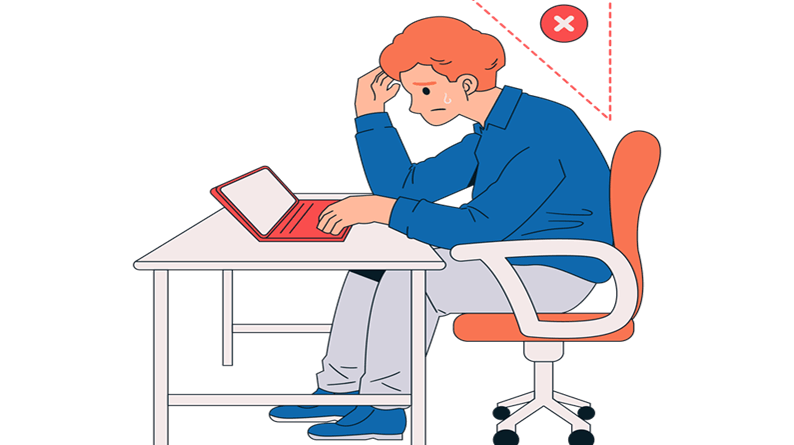Correct Your Posture, Reduce Back Pain
Maintaining good posture is crucial for our overall health and well-being. When we slouch or hunch, we put unnecessary strain on our muscles and spine, leading to back pain, discomfort, and even long-term damage.
The Importance of Spinal Alignment
Our spine has three natural curves: the cervical curve (neck), thoracic curve (upper back), and lumbar curve (lower back). When we maintain good posture, these curves align, reducing strain on our muscles and joints.
Check Your Posture
Here are two simple tests to check your posture:
Standing Posture Test
1. Stand with your head, shoulder blades, and buttocks touching a wall.
2. Ensure your heels are 2-4 inches away from the wall.
3. Place the back of your palm behind the lower curve of your back, with your palm flat against the wall.
4. If you can place your other palm in the same position, your posture is correct.
Sitting Posture Test
1. Sit with your feet flat on the floor or on a footrest, with your thighs parallel to the floor.
2. Maintain a small gap between the back of your knees and the front edge of your chair.
3. Place a small pillow or rolled towel to support the curve of your lower back.
4. Keep your head straight, with your chin tucked in and your shoulders relaxed.
Common Posture Mistakes
Be aware of these common posture mistakes:
– Standing with your chest forward and bottom sticking out
– Slouching in a chair or sofa
– Standing with a flat back and pelvis tucked in
– Leaning on one leg
– Poking your chin out while using a computer
– Hunching your neck while texting or using your phone
Stretching Exercises to Improve Posture
Try these simple stretching exercises to alleviate pain and improve your posture:
1. Chest Stretch: Stand in a doorway with your hands on the doorframe at shoulder height. Lean forward until you feel a stretch in your chest.
2. Shoulder Rolls: Stand or sit with your arms at your sides. Roll your shoulders forward and backward in a circular motion.
3. Neck Stretch: Slowly tilt your head to the side, bringing your ear towards your shoulder. Hold for 30 seconds and repeat on the other side.
4. Upper Back Stretch: Hold your arms straight out to the sides at shoulder height. Bend your forearms across each other in front of your neck, parallel to the ground.
Conclusion
Maintaining good posture requires awareness, deliberation, and practice. By incorporating these simple tests and exercises into your daily routine, you can reduce back pain, improve your overall health, and develop a more confident, upright posture.
References:
https://www.mayoclinic.org/healthy-lifestyle/adult-health/multimedia/back-pain/sls-20076817
https://www.painscience.com/articles/posture.php
https://www.nhs.uk/live-well/exercise/common-posture-mistakes-and-fixes/
https://www.health.harvard.edu/pain/4-ways-to-turn-good-posture-into-less-back-pain

